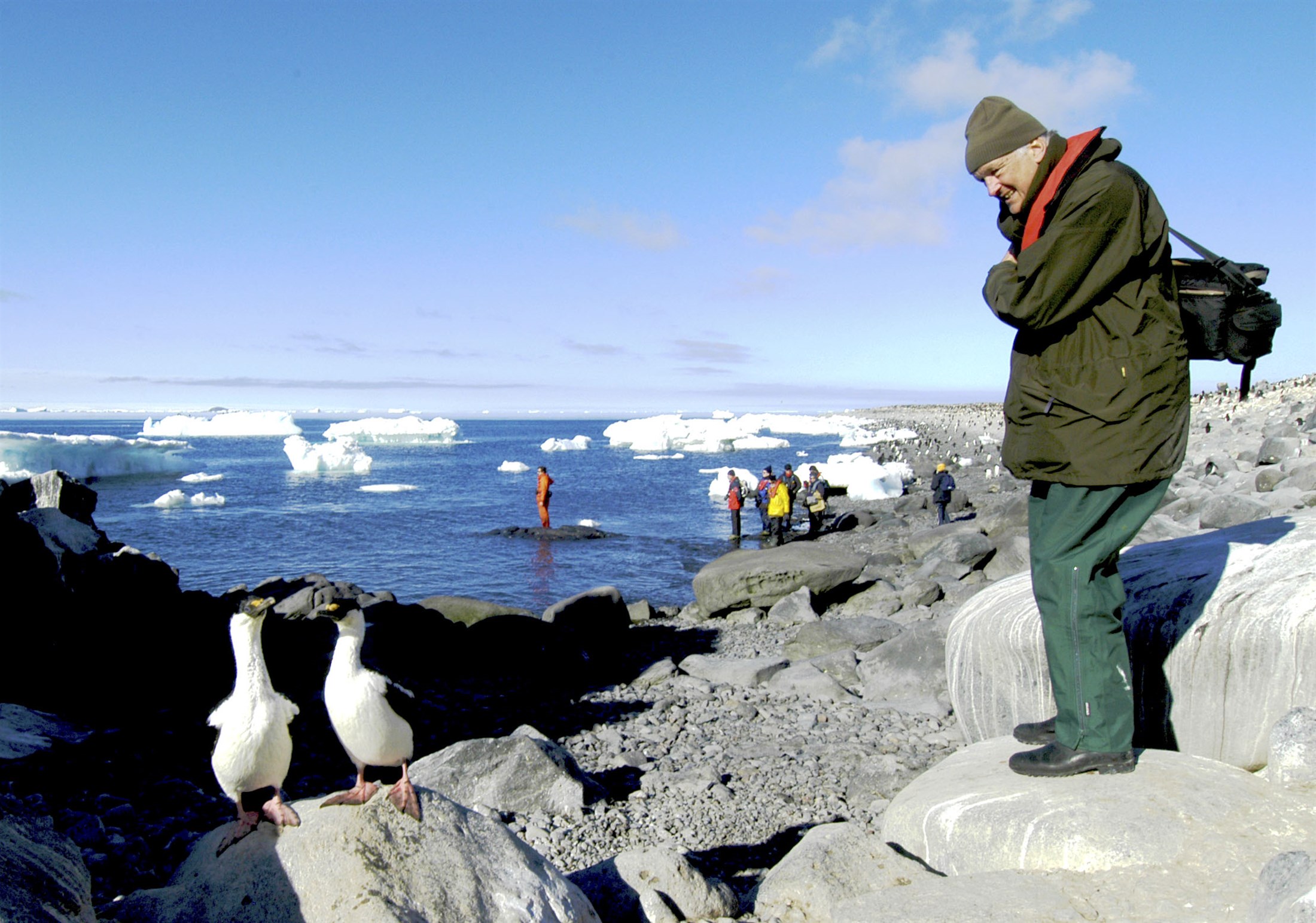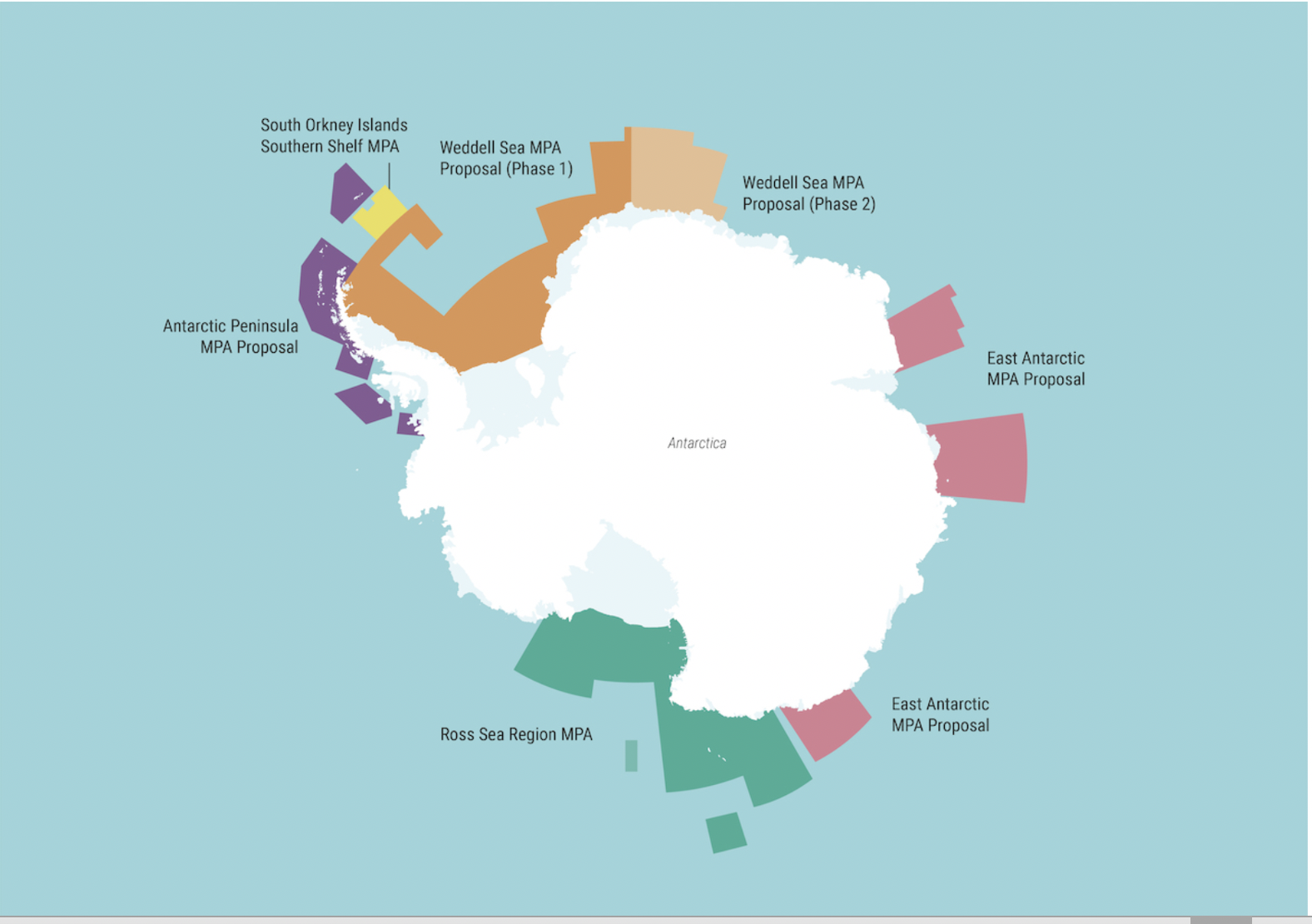Nearly two decades ago, Antarctic states active research and fisheries in the Southern Ocean committed to establishing a system of marine protected areas (MPAs) around the Antarctic continent. Over the years, two MPAs were established, more recently in 2016. Establishing a “Ring of MPAs” around Antarctica with support from tourism is already listed as an LT&C-Example candidate.
There are currently proposals for three additional Southern Ocean MPAs under discussion by the Commission for the Conservation of Antarctic Marine Living Resources (CCAMLR), an international body tasked with conserving marine life in the Southern Ocean.
Taken together, these five MPAs would very nearly complete the “Ring of MPAs” around Antarctica, once all are established.
In parallel with a growing global interest in marine protection, there is increasing evidence of a climate crisis unfolding, coupled with global biodiversity loss. Expanding environmental protection, including through marine protected areas, is a way to build resilience to climate change and protect biodiversity. This is particularly important in the polar regions, experiencing the fastest and more significant climate change impacts than in the rest of the planet. The Antarctic Peninsula, the focus of over 90% of tourism in Antarctica, is one of the most affected regions globally.
Adopting new MPAs requires consensus among the membership of CCAMLR (25 states and the EU). CCAMLR Members – the countries making decisions about conservation and fisheries in Antarctic waters – have all committed to the objectives of the CAMLR Convention. However, they are polarized as to what marine life conservation means and how to implement it in practice.
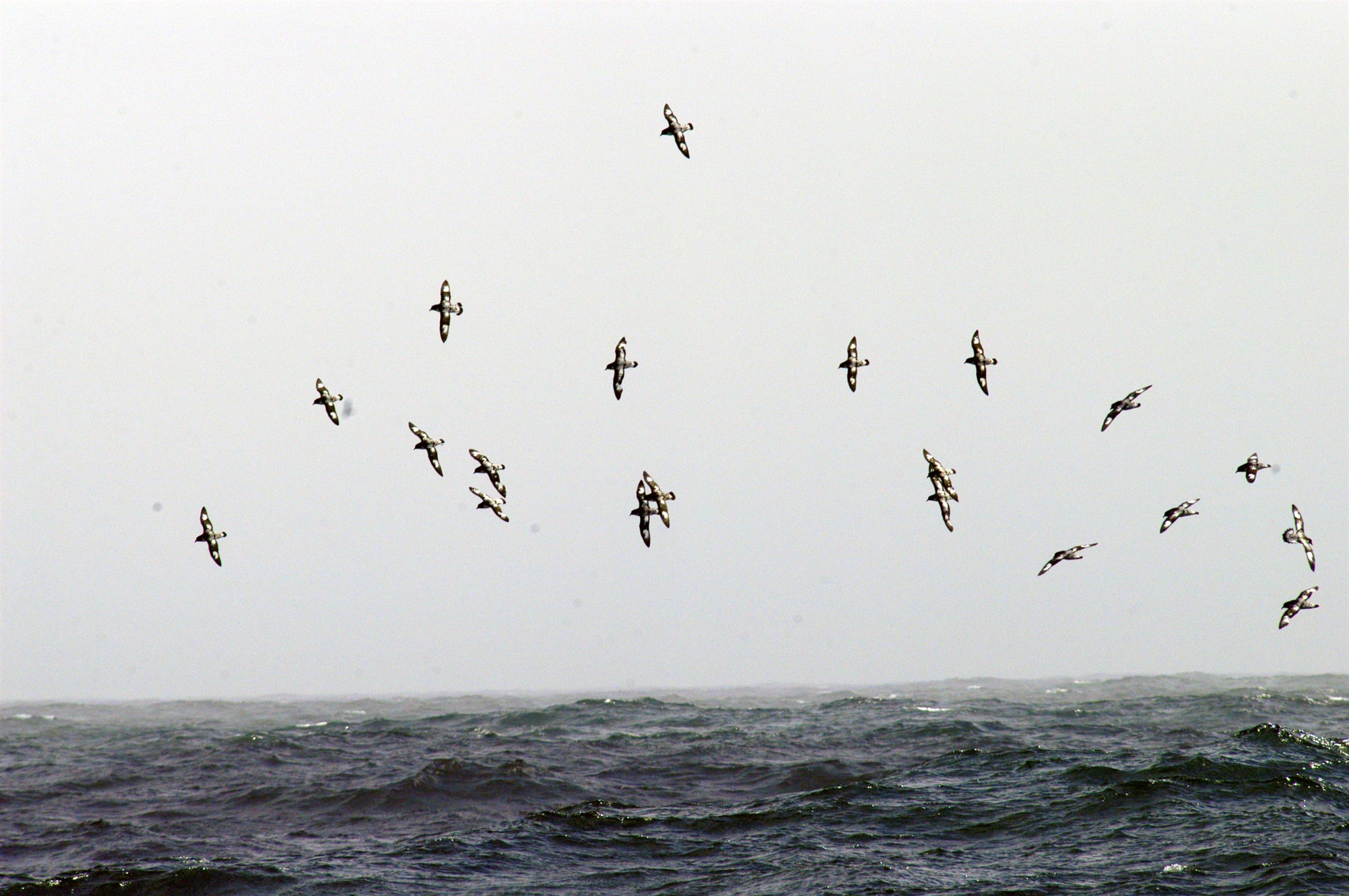
Growing political momentum
In a political sense, there is a degree of momentum for expanding marine protection in the Southern Ocean.
Argentina and Chile are jointly leading on the development of an MPA for the NW Antarctic Peninsula and Scotia Sea (known as the “Domain 1 MPA” or “D1MPA” to refer to one of the areas in which CCAMLR parcels the Southern Ocean). In recent years past and current presidents of those countries have voiced their support in different contexts.
The European Union, the leading proponent for MPAs in East Antarctica and the Weddell Sea, is expanding its diplomatic outreach beyond Antarctic Treaty fora to bring MPAs to the attention of high-level decision-makers. In April 2021, the Ministers and High-Level representatives of fifteen Antarctic Treaty states and EU representatives issued a Ministerial Joint Declaration on the designation of MPAs in the Southern Ocean (28 April 2021).
Southern Ocean MPAs were also mentioned in a recent G7 communiqué of the Ministers responsible for Climate and Environment (21 May 2021), which expressed support about the proposals on the table “As an example of the kind of action that needs to be taken to protect and conserve the ocean…”.
In June 2021, the annual Antarctic Treaty Consultative Meeting (ATCM) was hosted by France, although conducted online due to the pandemic. CCAMLR MPAs are not part of the ATCM agenda, however the protection of the Antarctic environment is, and discussions in one forum influence the other, and vice versa. The ATCM was closed by President Emmanuel Macron, who stated the importance of creating marine protected areas around Antarctica and of taking action this year.
In July 2021, following discussions led by EU Commission President Virginius Sinkevičius, the EU Parliament adopted a Resolution on Southern Ocean MPAs (8 July 2021)
Of note is that some countries that began the MPA “journey” firmly opposed to expanding marine protection are now among MPA co-proponents and active contributors to MPA science. MPAs are moving from a topic of discussion by scientific and diplomatic bodies to higher levels of decision-making, and this gives a reason for hope. Even the most recalcitrant countries were able to agree on the two MPAs currently in force in the past, and may possibly do the same again in the future.
In parallel, in Antarctica itself, the krill fishing industry has accepted a voluntary 4500km2 no-fishing zone around the Antarctic Peninsula.
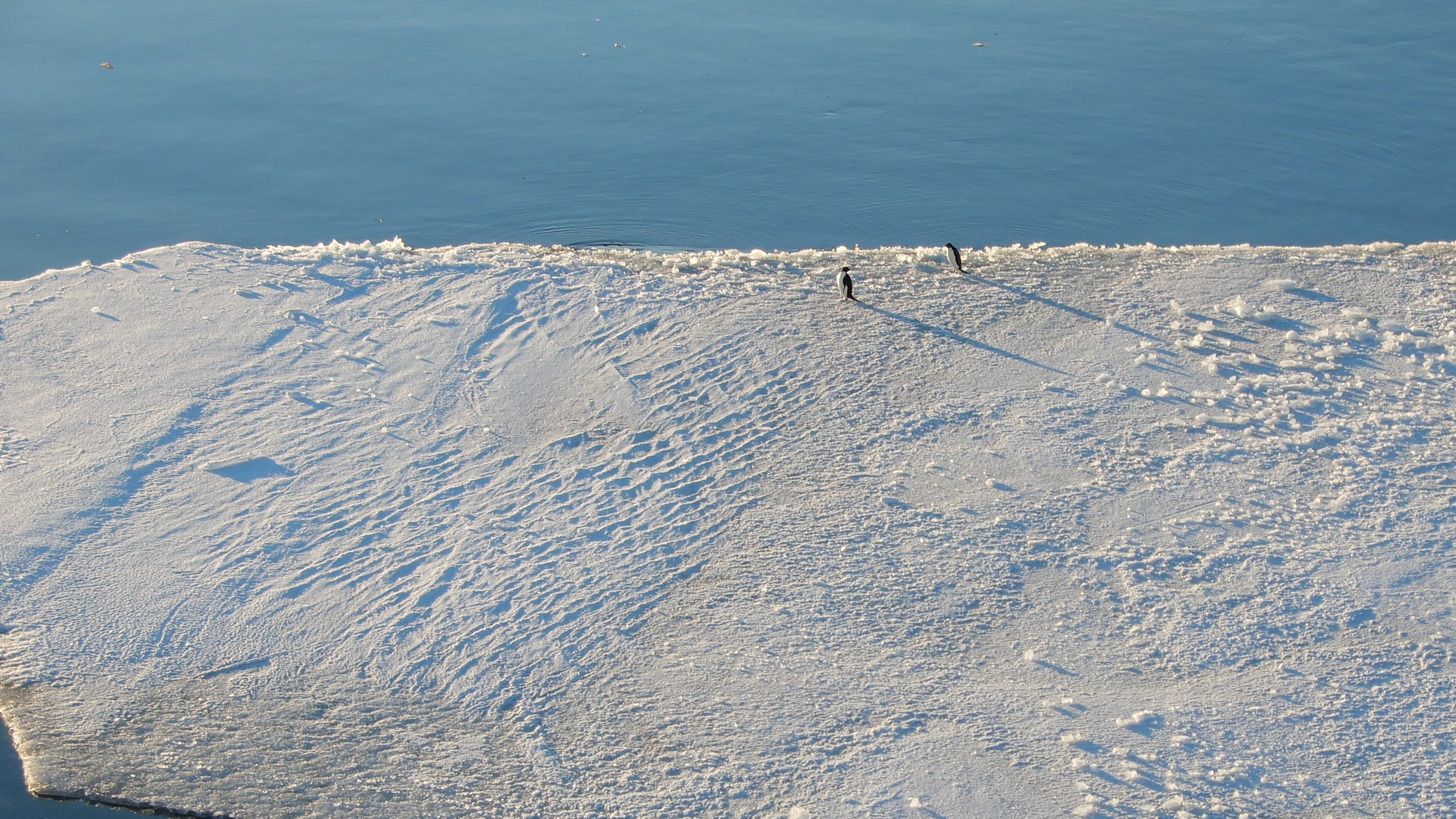
The role of Antarctic tour operators
Tour operators have also taken an interest in this issue – and rightly so since the ocean and coasts of Antarctica are the focus of their activities. In 2018 representatives of IAATO, which had long been involved at ATCMs, began to attend the annual CCAMLR meetings. Several issues related to tourism and the marine environment were discussed in the annual meetings of IAATO. In 2019 IAATO submitted a document to CCAMLR stating that among other current and proposed conservation initiatives, it “Upheld Marine Protected Areas”:
IAATO plans its activities to support the long-term protection of Antarctica’s unique natural, scientific and heritage values. It therefore seeks to contribute to the success of MPAs through careful management of its activities, supporting the work of the ATS, science and monitoring.
IAATO also joined the CCAMLR D1 MPA Expert Group in 2018 and is assessing how it can contribute to the objectives set out in Conservation Measure 91-05 (2016), Ross Sea Region Marine Protected Area, including non-mandatory reporting.
Together with the Scientific Committee for Antarctic Research (SCAR), IAATO also initiated a process of Strategic Conservation Planning for the Antarctic Peninsula region, taking into account the interests of key stakeholders (i.e. tourism, science – and biodiversity).
As a whole, there is significant political interest from many stakeholders in expanding the network of protected areas on land and in Antarctica. Establishing Southern Ocean MPAs, together with other actions, would significantly contribute to build resilience to climate change and protect Antarctic biodiversity.
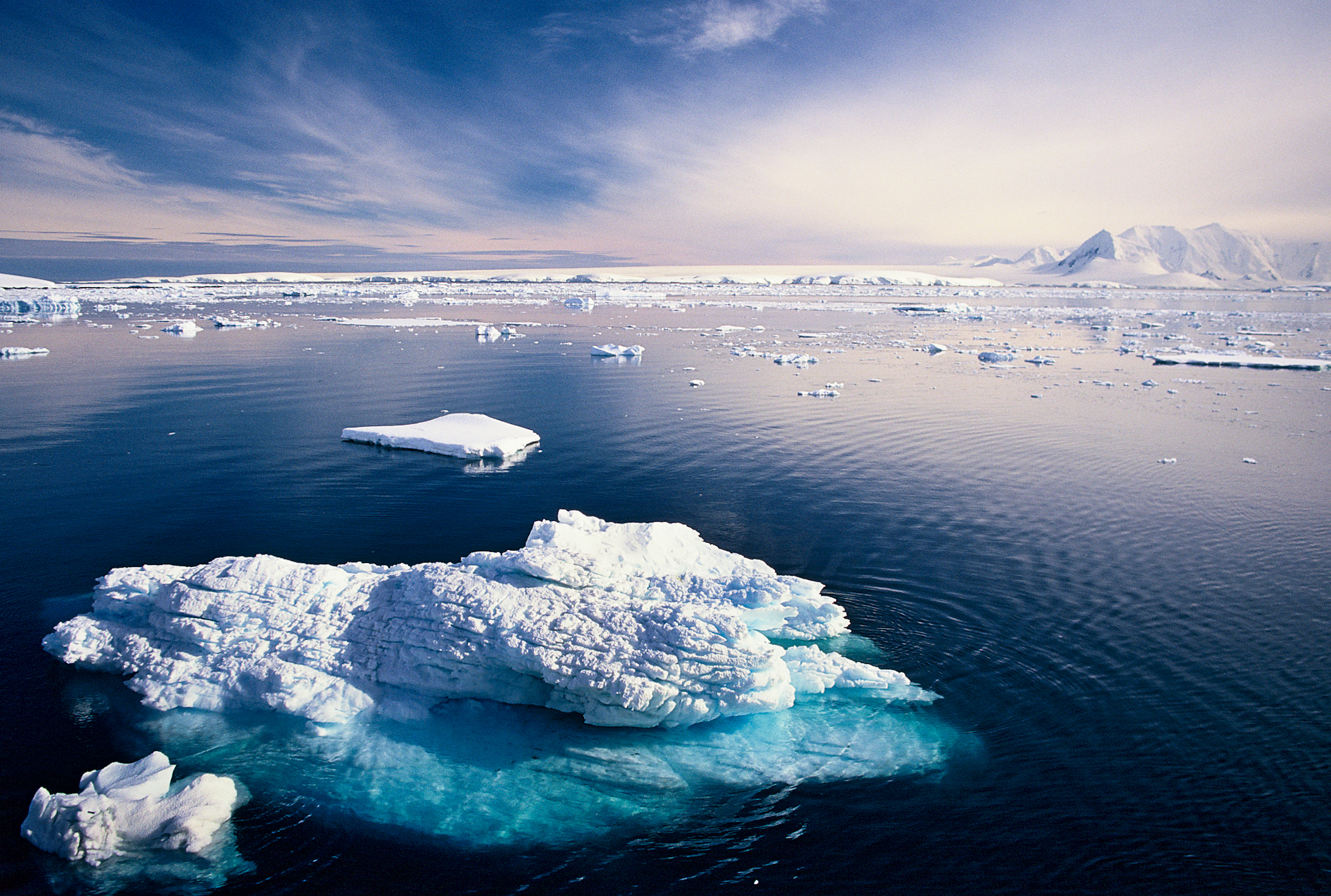
2021: Time for action
Several of the most important players in Antarctica and the Southern Ocean, including the EU and its Member states and other key Antarctic Treaty states, are proponents of one or more MPAs. Marine protection in Antarctica has widespread support among other stakeholders, including IAATO and a segment of the fishing industry. The fact that IAATO endorsed MPAs was a politically significant step. Polar tourism has been severely impacted by the pandemic and is still to recover. If the rebuild of tourism included further steps to advance marine protection in Antarctica, it could become a new LT&C-Example.
2021 is the 60th anniversary of the entry into force of the Antarctic Treaty and the 30th anniversary of the signature of the Antarctic Environmental Protocol. In addition, the annual CCAMLR meeting in October 2021 takes place in between two significant international conferences relevant to ocean protection: the UN Biodiversity Summit (CBD COP15) and the UN Conference on Climate Change (COP26). This constellation of meetings may stimulate positive outcomes for climate and the ocean.
In this context, there is a real possibility that our vision could be achieved in 2021. The future of tourism and conservation is linked to “building back better” after the pandemic, and this should include a “Ring of MPAs” around the Antarctic continent.
For further reading and getting involved:
________________________________________________________________________________
| Current MPA proposals for the Southern Ocean In addition to two established MPAs, there are currently three proposals for Southern Ocean MPAs under consideration by CCAMLR: • The East Antarctica MPA was originally proposed by the EU/France and Australia in 2012 is now co-sponsored by Norway, New Zealand, Uruguay, the UK and the US (0.97 million sq.km). • The Weddell Sea MPA was originally co-sponsored by EU/Germany in 2016 and is now co-sponsored by Australia, Norway, New Zealand, Uruguay, the UK and the US (2.18 million sq.km). • The NW Antarctic Peninsula and the Scotia Sea MPA is co-sponsored by Argentina and Chile, the original co-proponents (circa 0.67 million sq.km) from 2018. The co-proponents have established a Group of Experts to provide advice, which includes scientists from many nations as well as IAATO. For the establishment of MPAs, proposals need to be adopted by consensus of all CCAMLR members (25 states and the EU). |
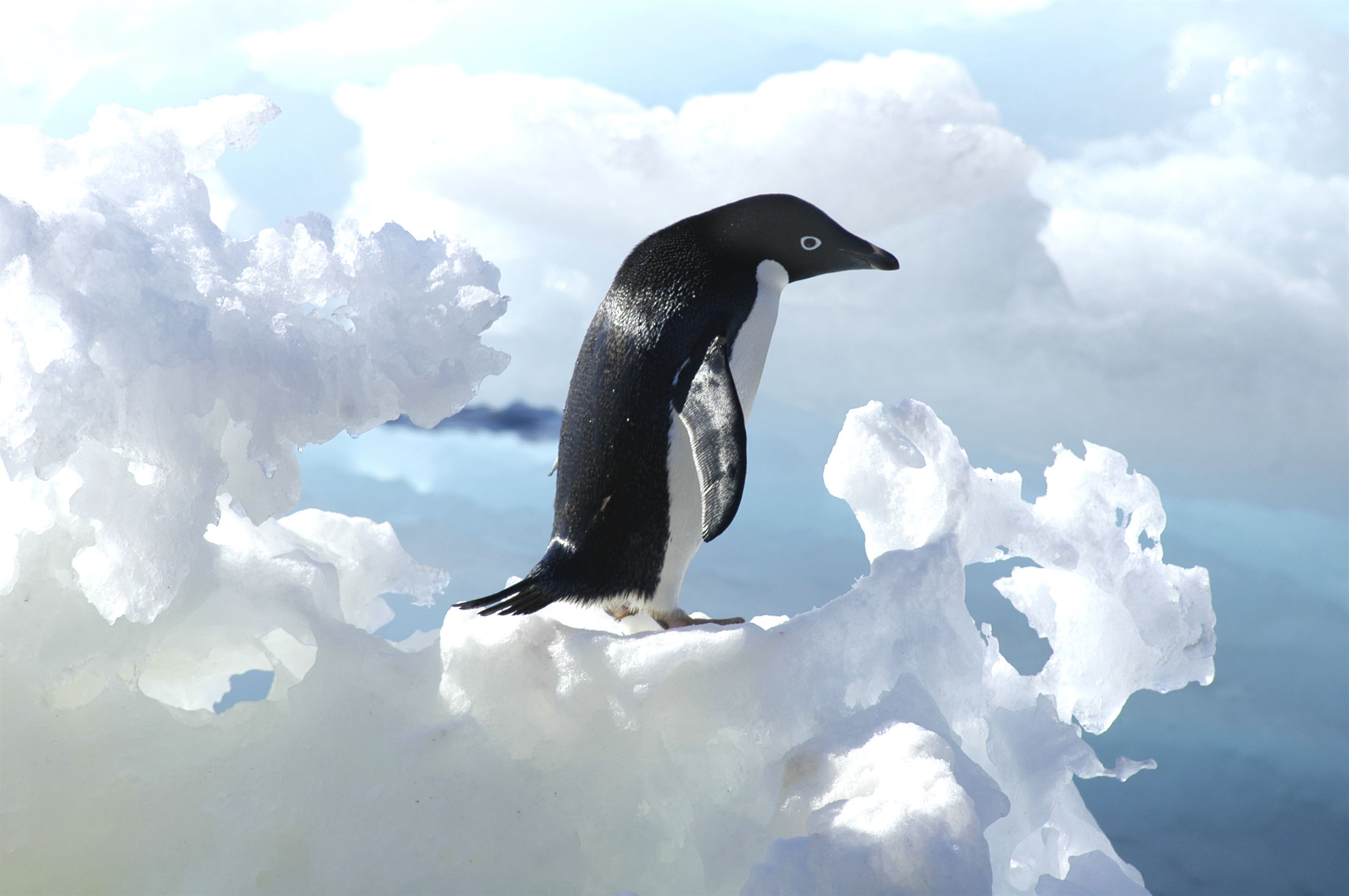
Adelie Penguin. Photo: Peter Prokosch 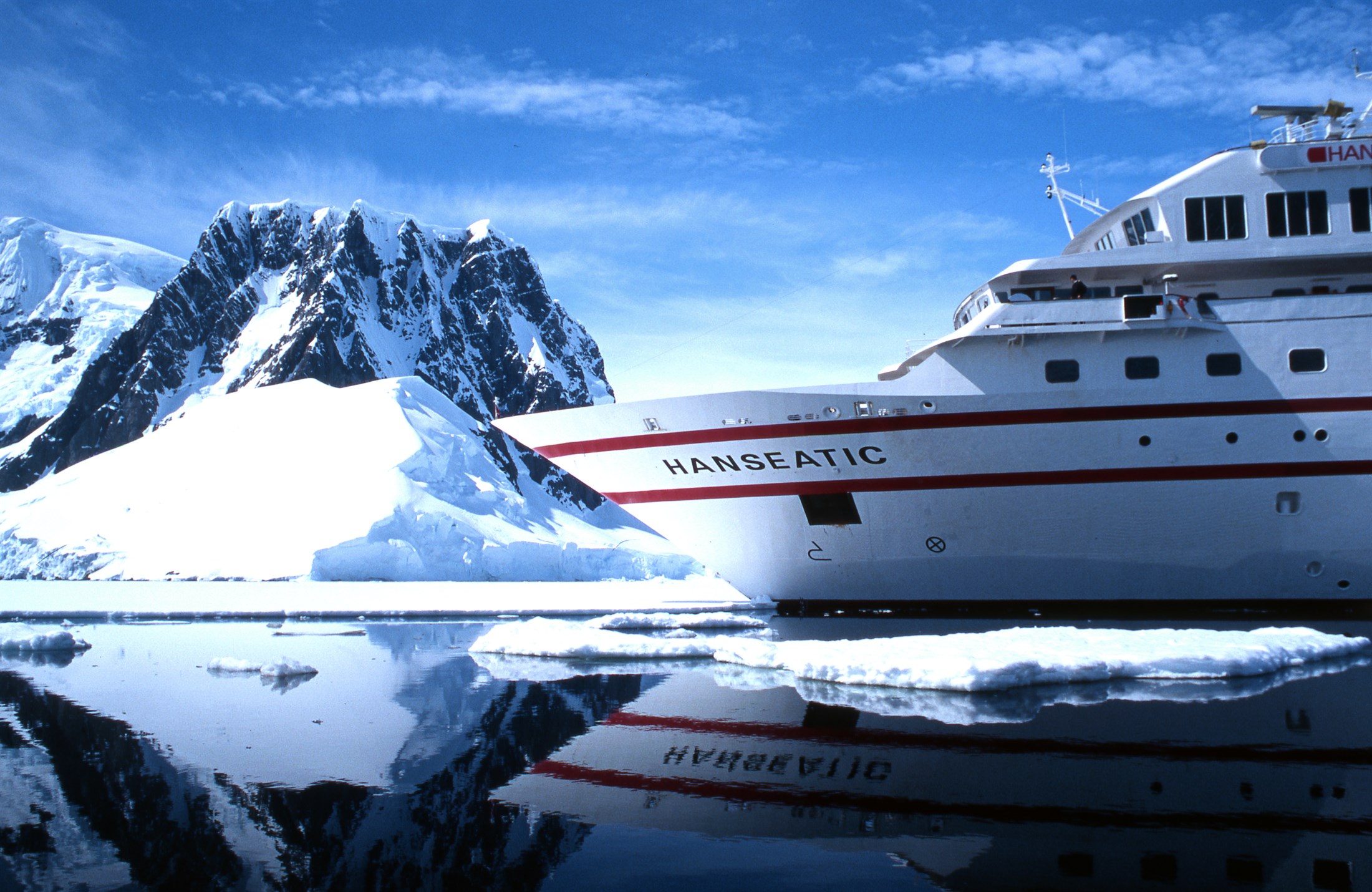
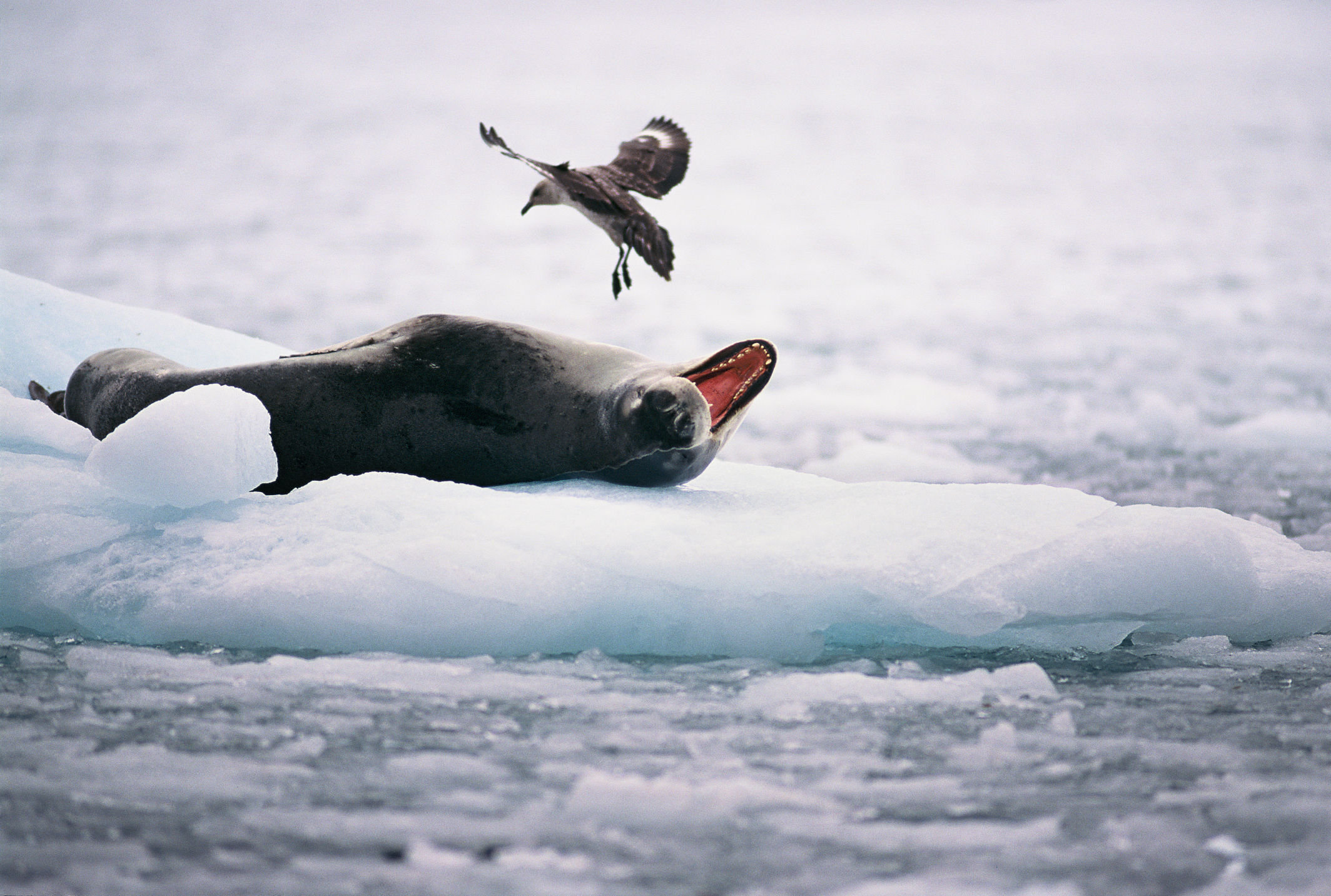
Leopard Seal and Antarctic Skua. Photo: Peter Prokosch 